Smart bedroom gadgets: 8 must-have devices for a more blissful bedroom
From gadgets that’ll help you sleep soundly to ones that’ll brighten your morning
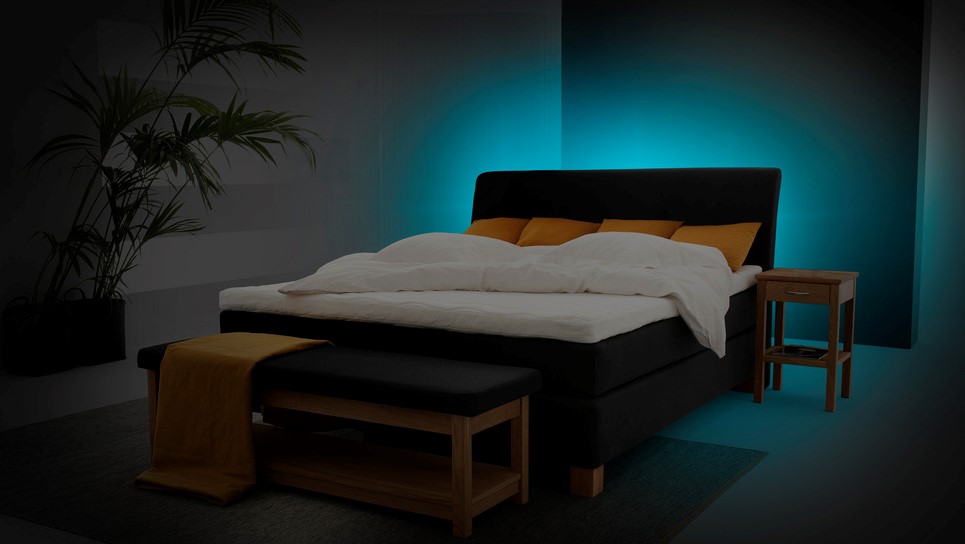
This is the second part of our room-by-room guide to the best smart home products on the market right now - and it's all about the best room in the house, the bedroom.
From gadgets that’ll help you sleep soundly to ones that’ll brighten your morning, here’s the smart tech you need to master your bedroom.
- If you want to make sure the rest of your tech is the best, check out: Best gadgets 2017: the top tech you can buy right now
1. Google Home

Google Home isn’t only useful in the bedroom, but it has lots of functions that makes it a very handy bit of kit for your bedside table. It’ll wake you up in the morning (“OK Google, set an alarm for 7am”), deal with your laziness (“OK Google, snooze alarm”), and not even judge you when you go back to sleep (“OK Google, cancel my alarm for 7am.”)
Tip: ask it to play whatever song’s stuck in your head when you wake up - clears it right out. If you can’t think what it’s called, say “OK Google, play the song that goes ‘Wake up, it’s a beautiful morning.’”
You can ask it for a quote to motivate you for the day, ask what the weather’s like so you can dress appropriately, get traffic updates or even a personalised wakeup digest by saying “OK Google, good morning” (that one’s going to stump future linguists.)
Google Home is finally heading to the UK - It'll be arriving in April. And if you are looking for something similar without Google smarts, Amazon Echo does a lot of the same things.
2. Dyson Pure Hot + Cool Link

Despite the name, the Link isn’t a Zelda-themed smart fan, but a heater, cooler and air purifier with an app.
Get daily insight, inspiration and deals in your inbox
Sign up for breaking news, reviews, opinion, top tech deals, and more.
It’s a huge indulgence, price-wise, but if you’re the type of person who can’t sleep unless the air is perfect, you might find it’s worth every penny. The app isn’t a pointless add-on, but a powerful control centre that allows you to check and change every element of your environment – as our reviewer comments, you can “monitor the air quality, temperature and humidity of your room from anywhere in the world” if you like.
The Link does the excellent job of heating and cooling that you’d expect from a Dyson product (and frankly from any fan at this price), and it’s strangely quite fun monitoring the air quality in real-time. More importantly, though, it’ll make life a whole lot easier for people with breathing difficulties, allergies, and specific temperature needs - or, like me, people who enjoy sleeping in a sauna for no good reason at all.
It even has a Night Mode so the display doesn’t dazzle you in the dark. Very cool.
- $499.95, Amazon US | £499.99, Amazon UK | AU$749, Harvey Norman
3. SleepPhones
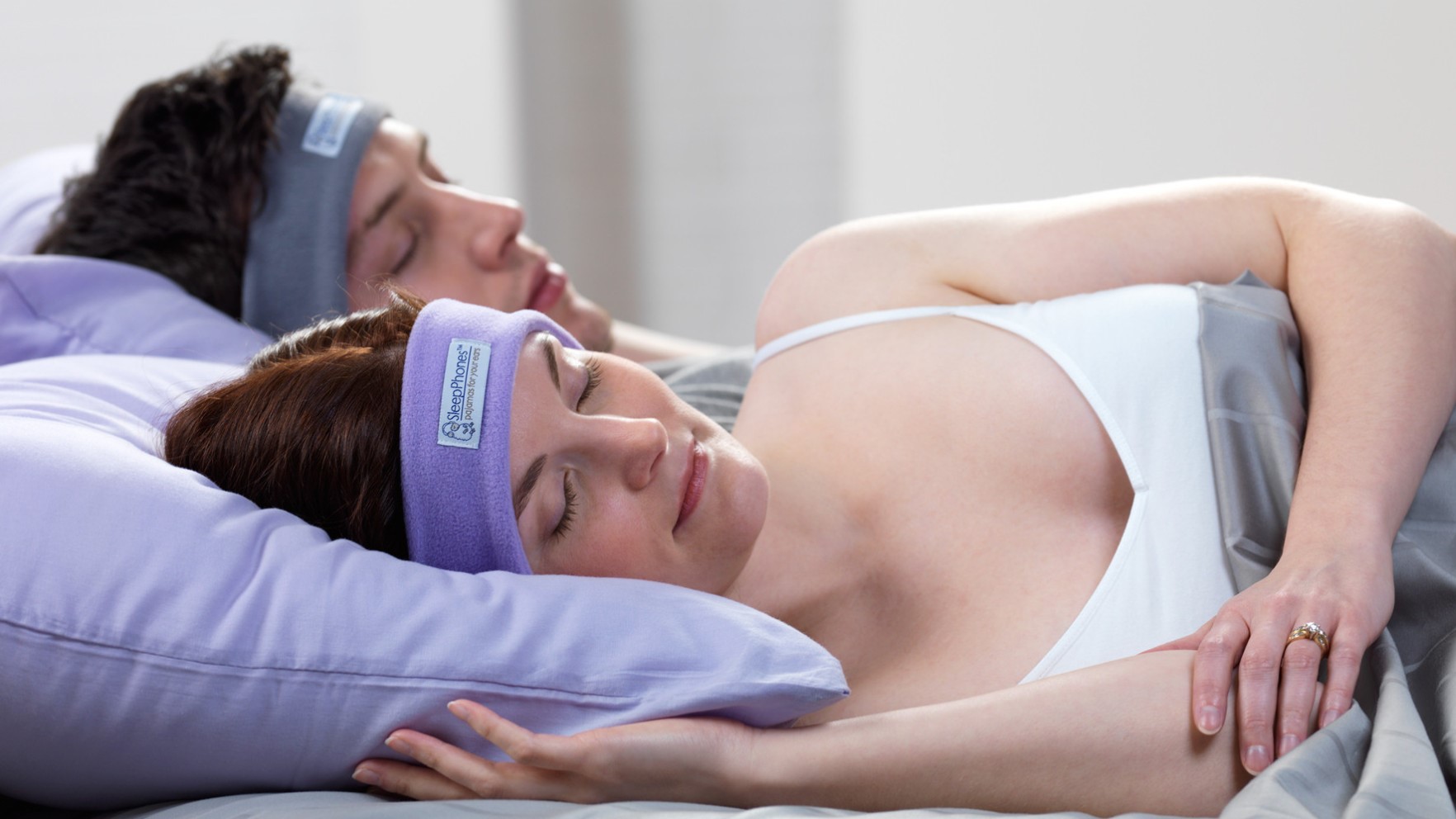
When you’ve lived in a basement flat off a busy road with single glazing, you become something of an expert in sleeptime acoustics. SleepPhones are still our favourite way to block out slumber-disrupting racket, whether in your bedroom or any other noisy place you might fancy a nap (like aeroplanes).
They’re flat earphones built into a comfortable fabric headband, and connect to your phone via Bluetooth so you can listen to music, podcasts or just white noise as you drift off. The accompanying app isn't great, so skip that and use one of the many other white noise apps in the app store. If you like complete darkness for sleep, you can use the band to cover your eyes too.
There’s a wired version available but trust us and get the wireless. The saving isn’t worth the hassle (and worry of sleep strangulation. Yikes).
You’ll need to charge them by USB every few days, but it’s easiest to just put them on charge when you get up. In the US, there’s a wireless charging version for a little more cash.
- $99.95, SleepPhones US | £69.99, SleepPhones UK | AU$159.95 Sleep Solutions
4. Fitbit Alta HR
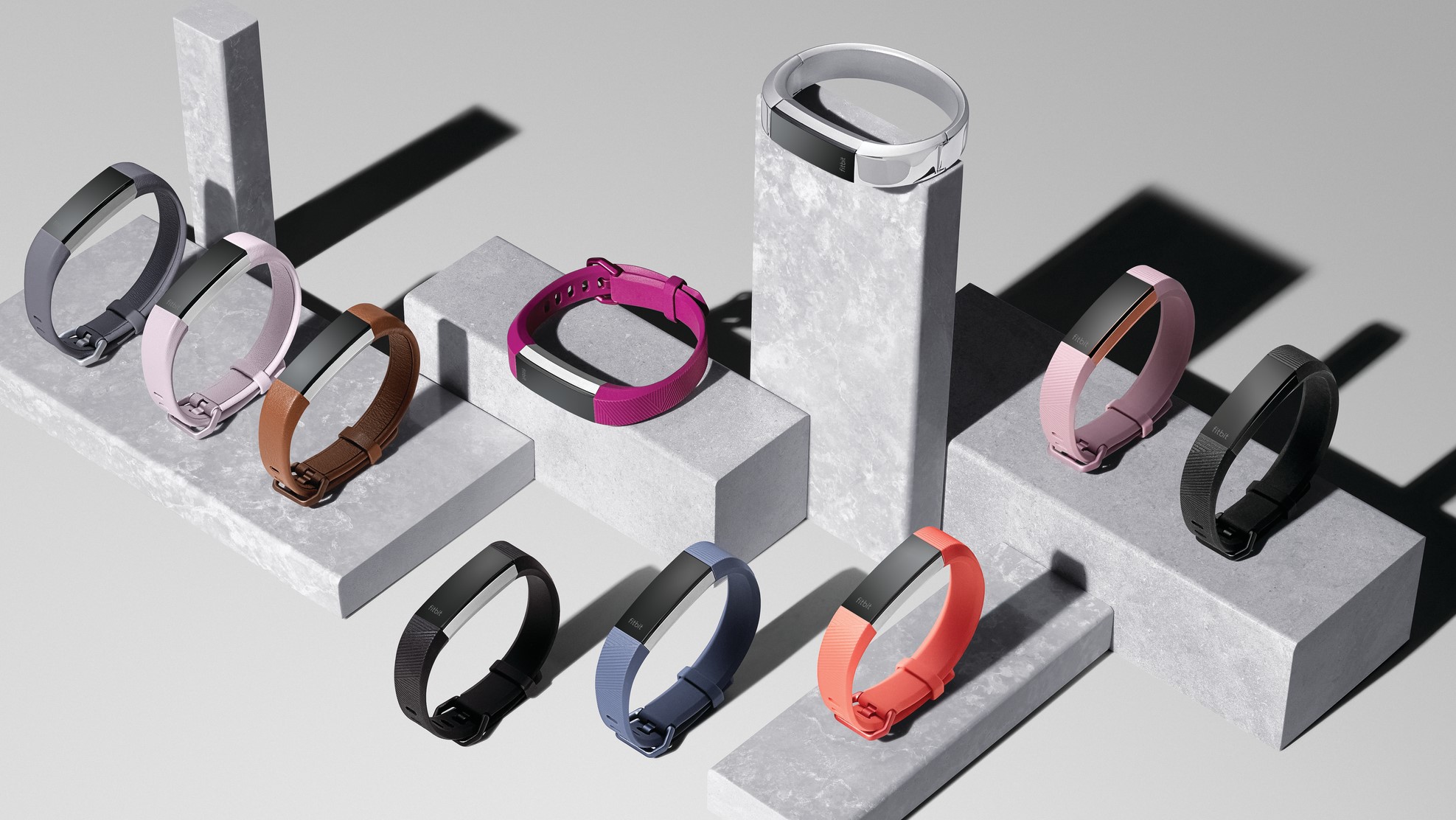
Along with the Fitbit Alta HR, Fitbit unveiled two new sleep tracking features that take the wearables company’s already-useful sleep tracking capabilities to new heights. The first, Sleep Stages, uses your heartbeat and the band’s accelerometer to figure out how long you were in each stage of sleep (light, recovery sleep; deep, repairing sleep; and dreamy, memory-making REM sleep). This helps you work out not just how long you slept, but how restorative that sleep was – handy if you keep waking up from a solid eight hours feeling shattered.
The second feature, Sleep Insights, uses data from 2.5 million years’ worth of nights (from different people – they’re not the world’s longest-running startup) to tell you exactly what you need to do to fix your sleep patterns.
It’s useful, interesting stuff, like: “There seems to be a strong correlation between your sleep and your runs. The last 10 weeknight logs show that you had 20 mins’ more restful sleep on days you ran vs. days you didn’t.” It then your weekend sleep logs to work out if you need more rest in the week.
Sleep Insights will be on all Fitbit devices from the 27th of March 2017, while Sleep Stages will only be available to Alta HR (out March in the UK, April elsewhere) plus the existing Fitbit Charge 2 and Fitbit Blaze bands. However, Insights is less accurate without Stages, so it’s worth getting a device with both if you can.
- Price around: $160 / £129.99 / About AU$210 Fitbit.com
5. Amazon Kindle Voyage
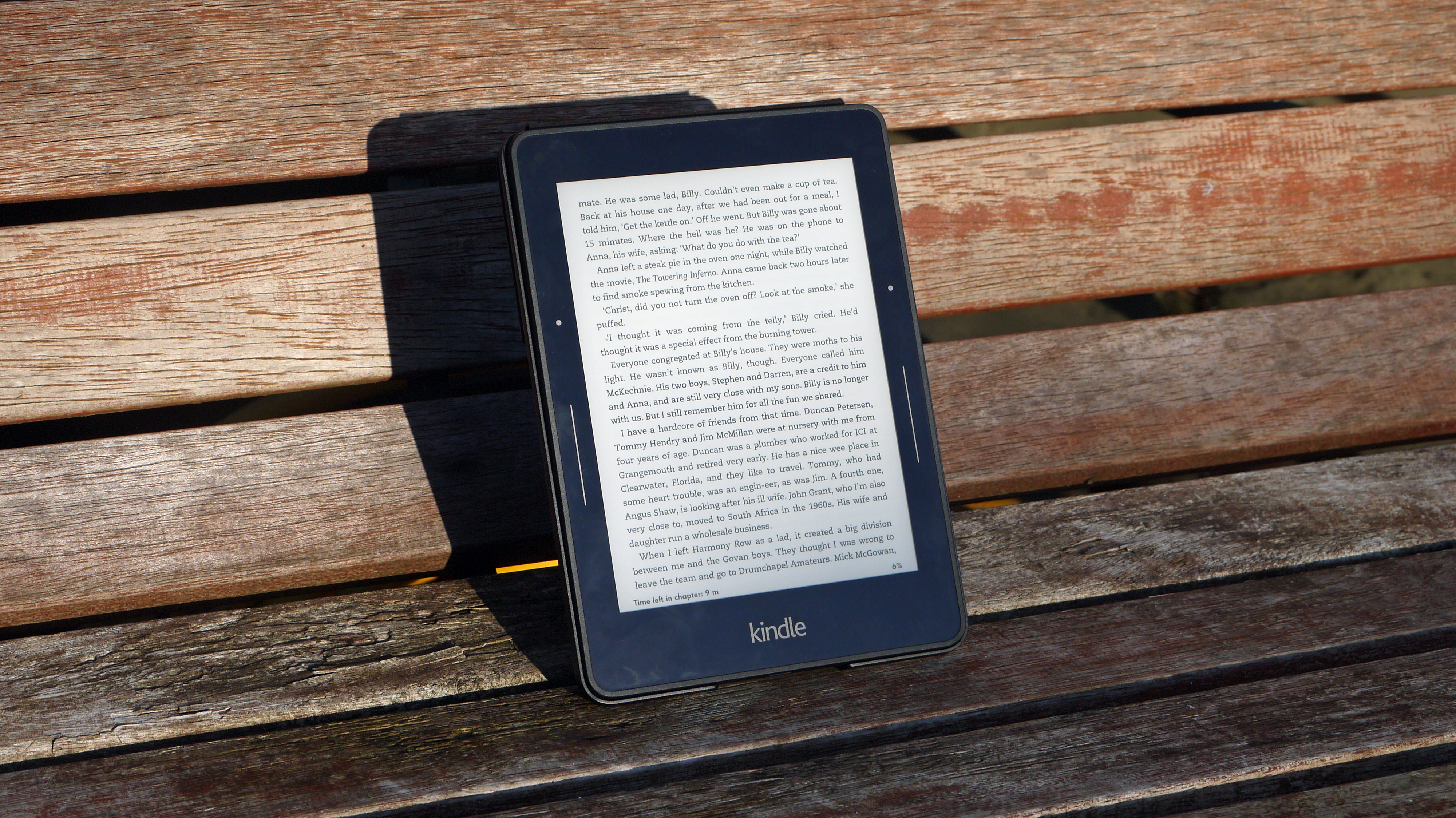
There are now almost as many types of Kindle as unauthorised biographies of Donald Trump, but our choice for night-time reading is definitely the Kindle Voyage. Like the Paperwhite and Oasis models, it has a backlight, but the Voyage has a sensor so it can tell how much light there is in the room and adapt its brightness accordingly. This is something we’re all used to on our phones, and it makes total sense to bring it to something you’ll use for reading.
The Voyage packs a six-inch touchscreen with a comfortable 300 ppi resolution, it’s slim and light enough to take out with you, and doesn’t give you the same sleep-disrupting eye strain as reading on a phone or tablet. There’s a model with ‘free’ 3G for an extra bundle of cash, but considering it holds stacks of books and only needs charging every couple of weeks, if you plan ahead a little you’ll be more than happy with the WiFi edition.
6. Belkin Wemo Switch
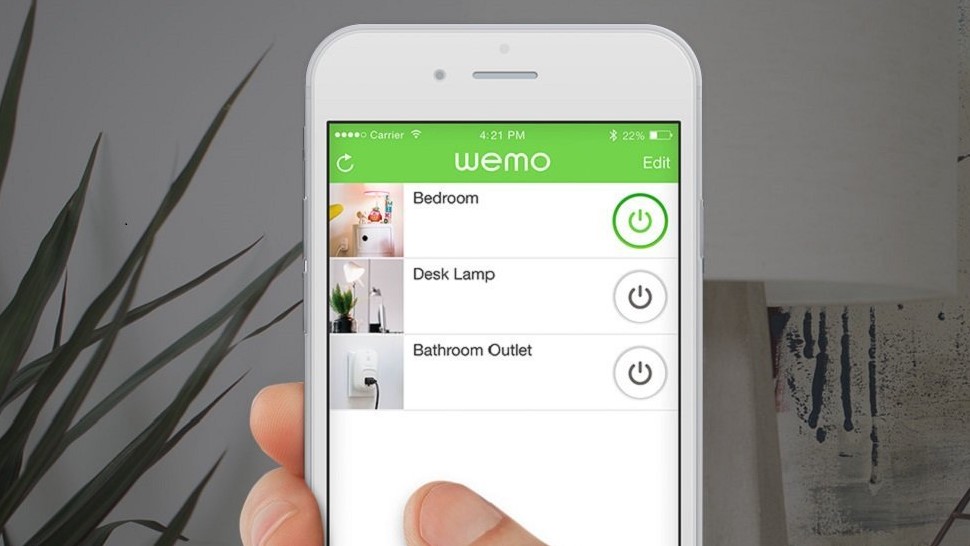
Since most of us don’t have the liberty of a dressing room, the bedroom ends up becoming a stand-in. That means many are home to hair straighteners and curling irons, lurking dangerously close to lots of flammable items like bedding, clothing and snoring partners.
The easiest way to kill that horrible did-I-turn-it-off anxiety when you leave the house is to plug hair tools into a smart switch. That way, if you do leave them on, you can turn them off easily from your phone on the bus to work. Before checking your smart smoke alarm for alerts, of course.
Belkin’s WeMo switch is a particularly good one in the sense that it doesn’t need a hub or any other products to make it work. You just use an app to connect it up to your home WiFi. WeMo switches also integrate with Amazon Alexa and now Google Home, so you can connect up all the electricals in your bedroom – the TV, the lamp, the fan – and turn them on and off without getting out of bed. Just make sure you keep the firmware updated so you don’t unwittingly contribute to a botnet.
7. Philips Hue

You’ve got a lot of choices for smart bulbs these days, and which brand is best for you will depend on what other smart products you have in your house. There’s no point buying the whole Hue kit if you’ve already got Hive, for instance, because you can just use your existing hub and get the cheaper Hive bulbs.
Overall, though, Philips Hue is undoubtedly the most fully-fledged of the smart lighting platforms, and the one we’d recommend for your boudoir if money’s no object. Why? For starters because you’ve got an immense array of different bulb, fitting, and mounting options, which makes it far easier to integrate smart lighting into your existing décor. And secondly just because it works really, really well.
In the bedroom, you can use the app to automatically ease you awake with a personal sunrise, skipping the need for a wake up lamp, and the Hue platform works with pretty much everything you’d want it to: Alexa, Homekit, Google Home, Nest and so on. You can even use it with IFTTT: we recommend setting up a recipe that turns on the red light whenever you play ‘Roxanne.’
8. Ikea Nordli wireless charging bedside table

If you’ve got a Qi wireless charging phone, it’s worth getting one of these just for the look on your favourite non-techy friend’s face when you show them. Putting your phone down on your bedside table to charge feels like the kind of magic we were promised in the future, and combining two things that are almost always together anyway makes so much sense. Far more sense than most smart home products.
Wireless charging is slow, yes, but if your phone’s going to sit there ‘til you wake up then it really doesn’t matter. Ikea also offers lamps with the tech built in if you’d rather not choose your bedroom furniture around your phone, but either way, it’s almost worth getting a Qi phone just for the fun of this.
What did, and didn’t, make the cut...
It’s easy to get caught up in the hype and excitement of the smart home – and goodness knows, brands have. Tech manufacturers seem to be playing an ongoing, rising-stakes game of “Will It Wi-Fi” with the contents of our houses, but that’s not the question they should be asking. You can put a chip in pretty much anything, it’s just whether you should.
There were lots more products we could have included in this roundup, but we’ve stuck firmly to things that are widely available, either now or soon, and that have smart functionality which actually adds something to the experience rather than being tacked on because “everyone’s doing it.” Things we rejected for this article included a really cool wake-up light whose app doesn’t work properly, a great smart home set that’s only available in one country, and anything we couldn’t hand-on-heart say we’d buy ourselves (pay rise permitting).
As a category, the smart home has a long way to go. Thankfully, so does our series on the products that have nailed it so far.
Next up, we’ll be heading into the living room – see you there.